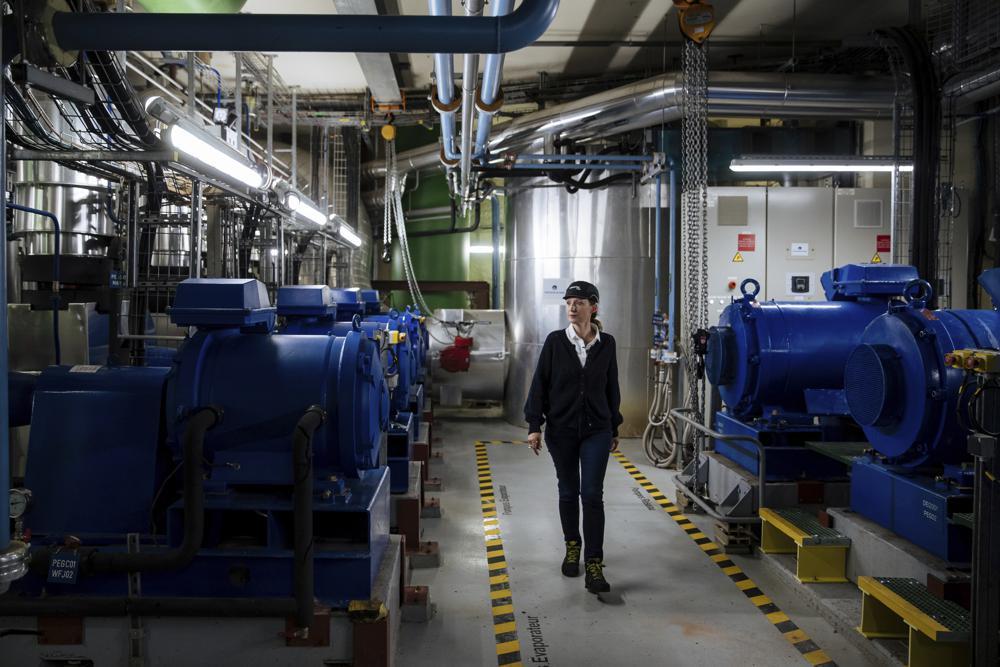Reason for Mona Lisa's "eternal smile" hides underground PHOTO
The Mona Lisa may maintain her famously enigmatic smile because she benefits from one of Paris’ best-kept secrets: an underground cooling system that’s helped the Louvre cope with the sweltering heat that has broken temperature records across Europe.
The little-known “urban cold” network snakes unsuspecting beneath Parisians’ feet at a depth of up to 30 meters (98 feet), pumping out icy water through 89 kilometres (55 miles) of labyrinthine pipes, which is used to chill the air in over 700 sites, reports Associated Press. The system, which uses electricity generated by renewable sources, is the largest in Europe — and chugs on around the clock with a deafening noise totally inaudible above ground.

Maggie Schelfhaut, communication manager of Fraicheur de Paris walks through one of the company's underground cooling sites during a visit in Paris, Tuesday, July 26, 2022. Paris City Hall has signed an ambitious contract to triple the size of the network which would make it the largest urban cooling system in the world
Paris City Hall has now signed an ambitious contract to triple the size of the network by 2042 to 252 kilometres (157 miles). It would make it the largest urban cooling system in the world. The new contract intends to help the city both adapt to and combat the threat of global warming. Many parts of Europe hit 40 degrees Celsius (104 Fahrenheit) in July.
The city is extending the cooling network to hospitals, schools and metro stations over the next two decades. It’s unclear how much of the system will be operational by the time of the Paris Olympics in 2024, but it’s possible the systems will be used in several Olympic sites.
Unbeknown to millions of tourists, the piping currently cools the City of Light’s most emblematic sites, such as the Louvre and the Quai Branly Museum. It might even help cool the tempers of agitated lawmakers as it is used to drop temperatures in the National Assembly.








